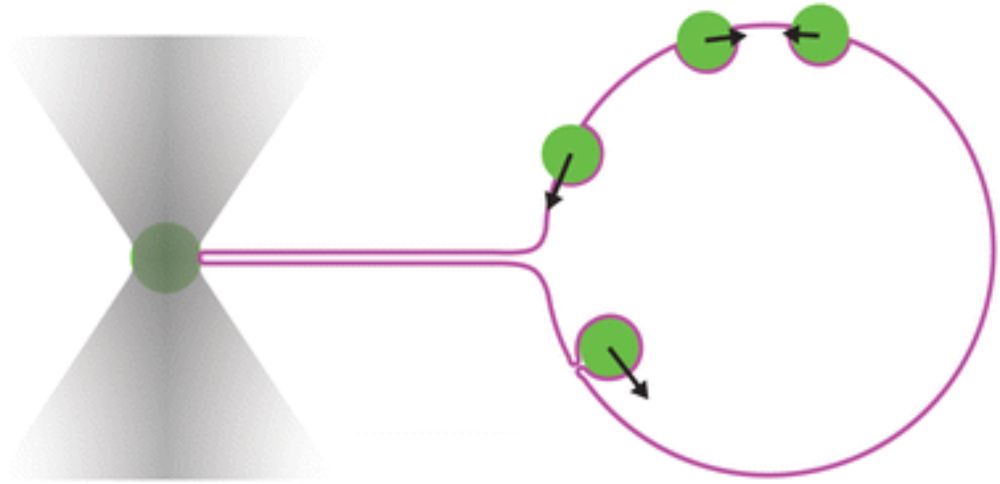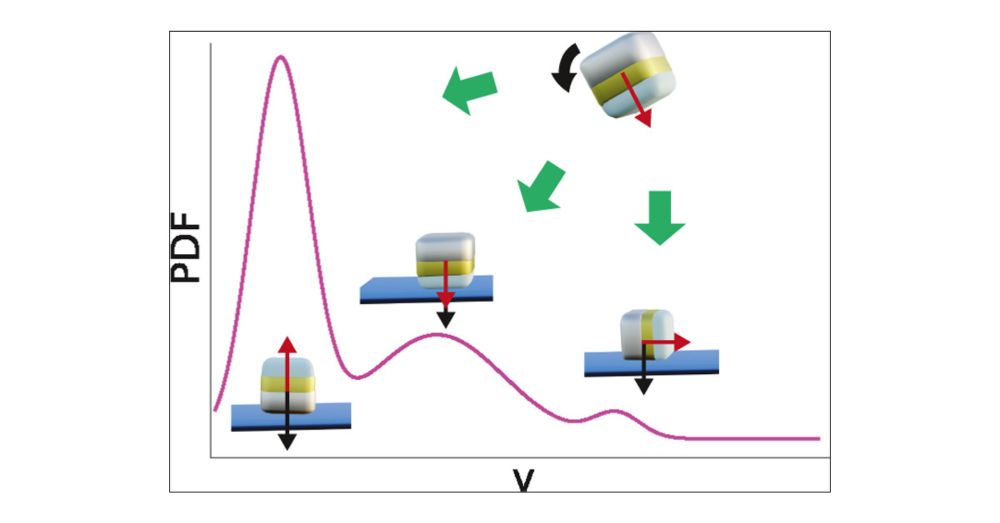Ali Azadbakht
@azadbakht.bsky.social
90 followers
270 following
10 posts
Soft Matter Physicist, interested in Optical Microscopy
Posts
Media
Videos
Starter Packs
Ali Azadbakht
@azadbakht.bsky.social
· Jul 2

Nonadditivity in Many-Body Interactions between Membrane-Deforming Spheres Increases Disorder
Membrane-induced interactions play an important role in organizing membrane proteins. Measurements of the interactions between two and three membrane deforming objects have revealed their nonadditive ...
pubs.acs.org
Ali Azadbakht
@azadbakht.bsky.social
· Jul 2
Ali Azadbakht
@azadbakht.bsky.social
· Jul 2
Ali Azadbakht
@azadbakht.bsky.social
· Jul 2

Repulsions and attractions between membrane-deforming spheres, Janus-particles, and opposite tube-like deformations in giant unilamellar vesicles
Lipid membrane deformations have been predicted to lead to indirect forces between the objects that induce these deformations. Recent experimental measurements have found an attractive interaction bet...
doi.org
Ali Azadbakht
@azadbakht.bsky.social
· Jul 2
Reposted by Ali Azadbakht
Ali Azadbakht
@azadbakht.bsky.social
· Dec 12
Reposted by Ali Azadbakht
Reposted by Ali Azadbakht
Reposted by Ali Azadbakht



